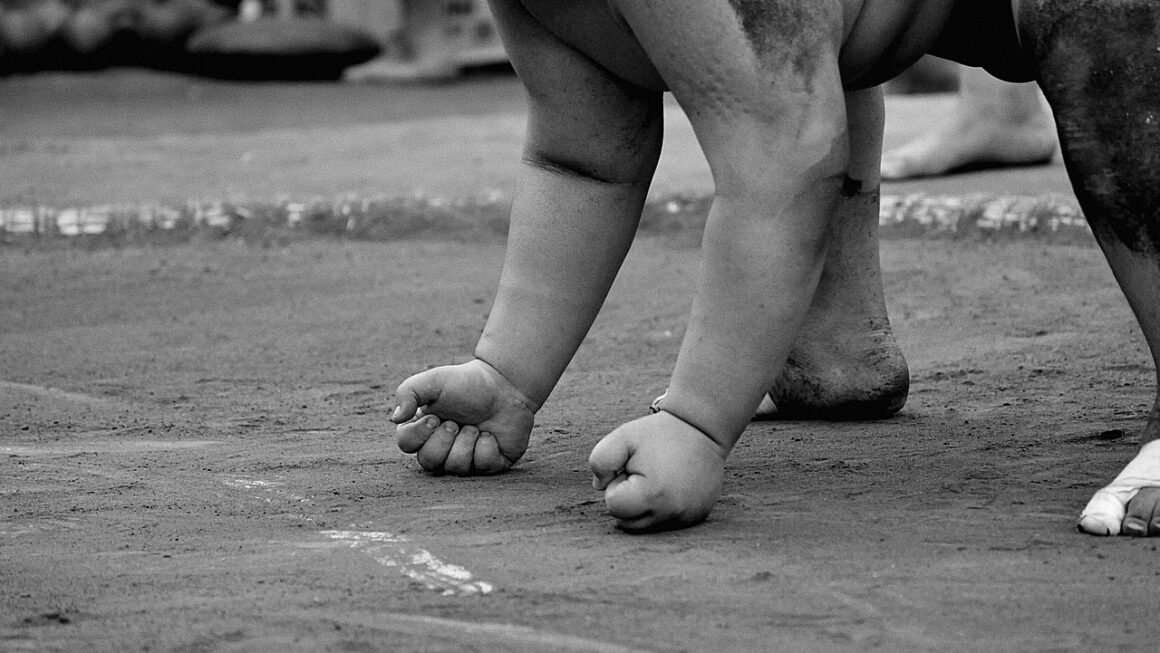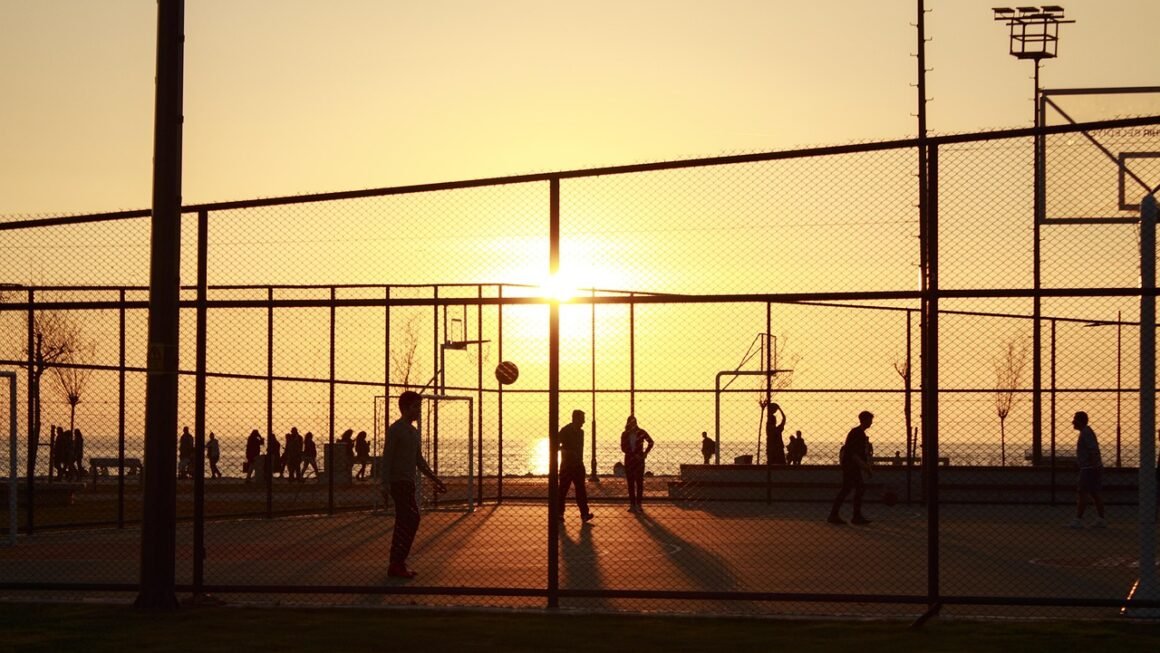Cycling: More Than Just a Ride, It’s a Lifestyle
Cycling, more than just a mode of transportation or a leisurely activity, is a gateway to improved physical and mental well-being, environmental consciousness, and a vibrant community. Whether you’re a seasoned cyclist tackling challenging mountain trails or a beginner enjoying a relaxed ride through your neighborhood, cycling offers something for everyone. This guide will explore the multifaceted world of cycling, covering everything from its numerous benefits to practical tips for getting started and staying safe.
The Amazing Benefits of Cycling
Cycling is a fantastic way to stay active, improve your health, and enjoy the outdoors. It’s a low-impact exercise suitable for a wide range of ages and fitness levels.
Physical Health Benefits
Cycling provides a myriad of physical health benefits that contribute to a healthier and happier life.
- Cardiovascular Health: Cycling strengthens your heart and improves blood circulation, reducing the risk of heart disease, stroke, and high blood pressure. Studies show that regular cycling can lower your resting heart rate and improve your overall cardiovascular function.
Example: Aim for at least 30 minutes of moderate-intensity cycling most days of the week.
- Weight Management: Cycling burns calories effectively, helping you lose weight or maintain a healthy weight. A moderate-paced cycling session can burn anywhere from 300 to 700 calories per hour, depending on intensity and individual factors.
Example: Combine cycling with a balanced diet for optimal weight management.
- Muscle Strength and Endurance: Cycling works your leg muscles, including your quads, hamstrings, and calves. It also engages your core and glutes for stability.
Example: Vary your cycling routes to include hills and inclines to challenge your muscles further.
- Joint-Friendly Exercise: Being a low-impact activity, cycling is gentle on your joints, making it a great option for people with arthritis or other joint problems.
Example: Ensure your bike is properly fitted to minimize strain on your joints.
Mental Health Benefits
Beyond the physical advantages, cycling significantly contributes to improved mental well-being.
- Stress Reduction: Cycling releases endorphins, which have mood-boosting effects and can help reduce stress and anxiety.
Example: Take a cycling break during a stressful day to clear your head and boost your mood.
- Improved Mood: Regular cycling can combat symptoms of depression and improve overall mood.
Example: Schedule regular cycling sessions to maintain a positive mental state.
- Enhanced Cognitive Function: Cycling increases blood flow to the brain, which can improve cognitive function, memory, and concentration.
Example: Cycle to work or school to sharpen your mind before starting your day.
- Connection with Nature: Cycling outdoors allows you to connect with nature, which has been shown to have positive effects on mental health.
Example: Choose scenic cycling routes to enjoy the beauty of your surroundings.
Choosing the Right Bike for Your Needs
Selecting the right bike is crucial for enjoying your cycling experience. There are various types of bikes designed for different purposes.
Types of Bikes
Understanding the different types of bikes will help you choose the one that best suits your needs and riding style.
- Road Bikes: Designed for speed and efficiency on paved roads. They feature lightweight frames, drop handlebars, and narrow tires.
Example: Ideal for long-distance rides and racing.
- Mountain Bikes: Built for off-road riding on trails and rough terrain. They have suspension systems, knobby tires, and durable frames.
Example: Perfect for exploring forests, mountains, and challenging terrains.
- Hybrid Bikes: A versatile option that combines features of road bikes and mountain bikes. They are suitable for a variety of surfaces, including paved roads, gravel paths, and light trails.
Example: A good choice for commuting, recreational riding, and exploring different terrains.
- Electric Bikes (E-bikes): Equipped with an electric motor that provides assistance while pedaling. They are great for commuting, climbing hills, and extending your riding range.
Example: Useful for riders of all fitness levels, especially those who need assistance with hills or longer distances.
- Gravel Bikes: Designed for riding on gravel roads and unpaved surfaces. They feature a comfortable geometry, wider tires, and disc brakes.
Example: Ideal for adventure riding, bikepacking, and exploring backroads.
Factors to Consider
Before purchasing a bike, consider the following factors to ensure you choose the right one.
- Intended Use: Determine what type of riding you will be doing most often (e.g., commuting, road cycling, mountain biking).
- Budget: Set a budget and research bikes within that price range.
- Frame Size: Choose a bike with the correct frame size for your height and body proportions. Visit a local bike shop for professional fitting.
- Components: Consider the quality of components such as brakes, gears, and suspension.
- Test Ride: Always test ride a bike before buying it to ensure it feels comfortable and suits your riding style.
Essential Cycling Gear and Safety Tips
Proper gear and safety precautions are essential for a safe and enjoyable cycling experience.
Essential Gear
Having the right gear can enhance your comfort and safety while cycling.
- Helmet: A properly fitted helmet is the most important piece of safety gear. It can protect your head in case of a fall.
Example: Choose a helmet that meets safety standards and fits snugly.
- Cycling Apparel: Wear comfortable, moisture-wicking clothing that allows for freedom of movement.
Example: Cycling jerseys and shorts with padding can improve comfort during long rides.
- Cycling Shoes and Pedals: Clipless cycling shoes and pedals provide a secure connection to the bike and improve pedaling efficiency.
Example: Consider clipless pedals if you’re serious about cycling and want to improve your performance.
- Gloves: Cycling gloves protect your hands and provide better grip.
Example: Choose gloves with padding to absorb vibrations and reduce hand fatigue.
- Sunglasses: Protect your eyes from the sun, wind, and debris.
Example: Wear sunglasses with UV protection.
- Water Bottle and Cage: Stay hydrated by carrying water on your rides.
Example: Use a water bottle cage to securely hold your water bottle on your bike.
Safety Tips
Following these safety tips can help you avoid accidents and stay safe while cycling.
- Obey Traffic Laws: Follow all traffic laws and signals, just like any other vehicle.
- Use Hand Signals: Use hand signals to indicate turns and stops.
- Be Visible: Wear bright clothing and use lights, especially when riding at night or in low-light conditions.
Example: Use a front white light and a rear red light.
- Stay Alert: Pay attention to your surroundings and be aware of traffic, pedestrians, and other hazards.
- Maintain Your Bike: Regularly inspect your bike to ensure it is in good working condition. Check brakes, tires, and gears before each ride.
- Plan Your Route: Choose safe and well-maintained cycling routes.
- Ride Defensively: Assume that drivers don’t see you and be prepared to react to unexpected situations.
Cycling for Transportation and Recreation
Cycling can be a practical and enjoyable way to get around, as well as a fun recreational activity.
Commuting by Bike
Cycling to work or school is a great way to incorporate exercise into your daily routine and reduce your carbon footprint.
- Benefits of Commuting by Bike:
Save money on transportation costs.
Get exercise and fresh air.
Reduce traffic congestion and pollution.
Improve your mood and energy levels.
- Tips for Commuting by Bike:
Plan your route in advance and choose safe roads or bike paths.
Carry a backpack or panniers to transport your belongings.
Wear appropriate clothing for the weather.
Allow extra time for your commute in case of unexpected delays.
Consider using an electric bike for longer commutes or hilly terrain.
Recreational Cycling
Cycling is a fantastic way to explore your surroundings, enjoy the outdoors, and spend time with friends and family.
- Types of Recreational Cycling:
Road cycling: Enjoy long-distance rides on paved roads.
Mountain biking: Explore trails and challenging terrains.
Gravel riding: Discover backroads and unpaved surfaces.
Bike touring: Embark on multi-day cycling adventures.
Family cycling: Enjoy leisurely rides with your loved ones.
- Tips for Recreational Cycling:
Choose routes that match your fitness level and interests.
Bring plenty of water and snacks.
Wear sunscreen and insect repellent.
Invite friends or family to join you.
* Take breaks and enjoy the scenery.
Conclusion
Cycling offers a wealth of benefits for your physical and mental health, providing a fun and sustainable way to exercise, commute, and explore the world around you. By choosing the right bike, wearing appropriate gear, and following safety guidelines, you can enjoy a lifetime of cycling adventures. So, hop on a bike and discover the joy of cycling – your body and mind will thank you for it!



